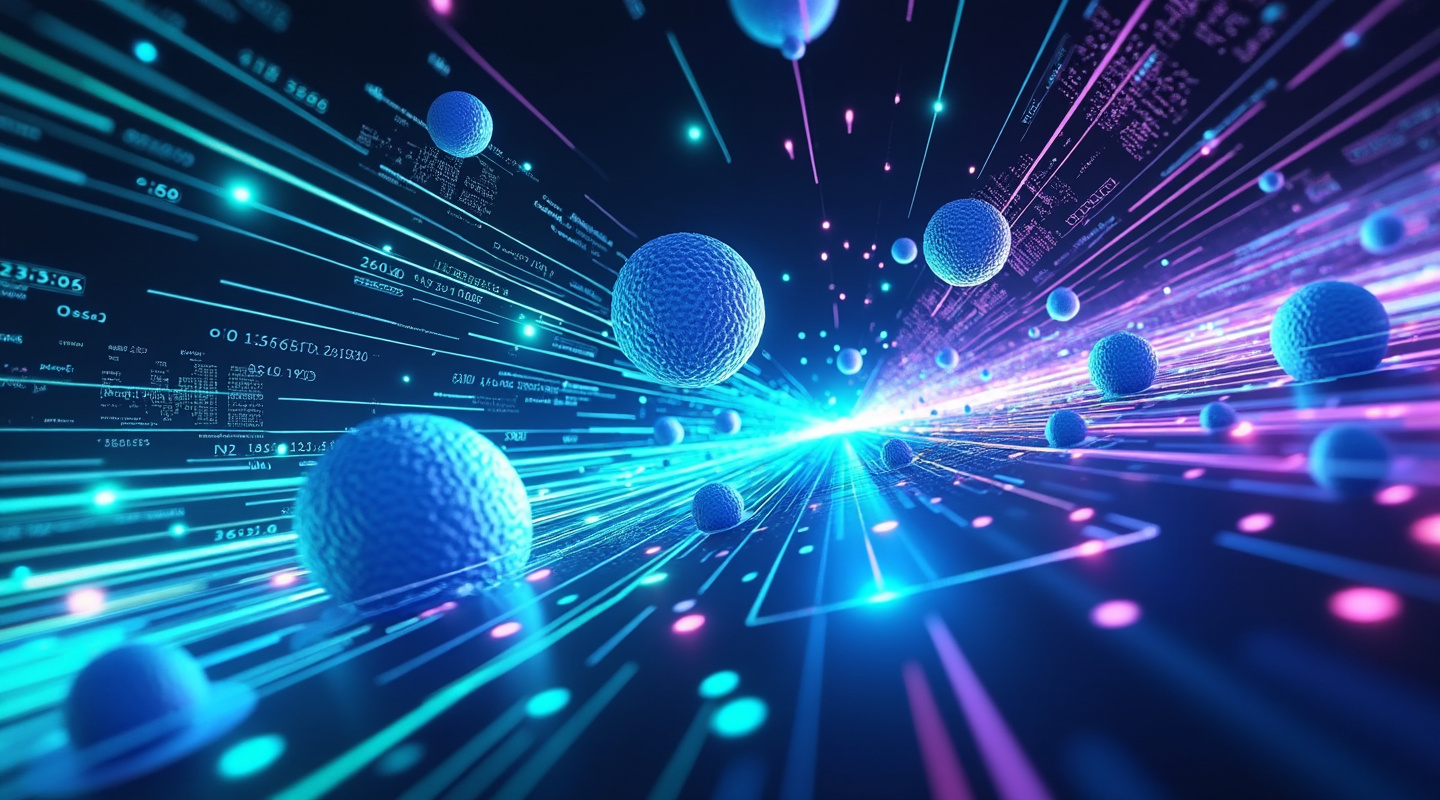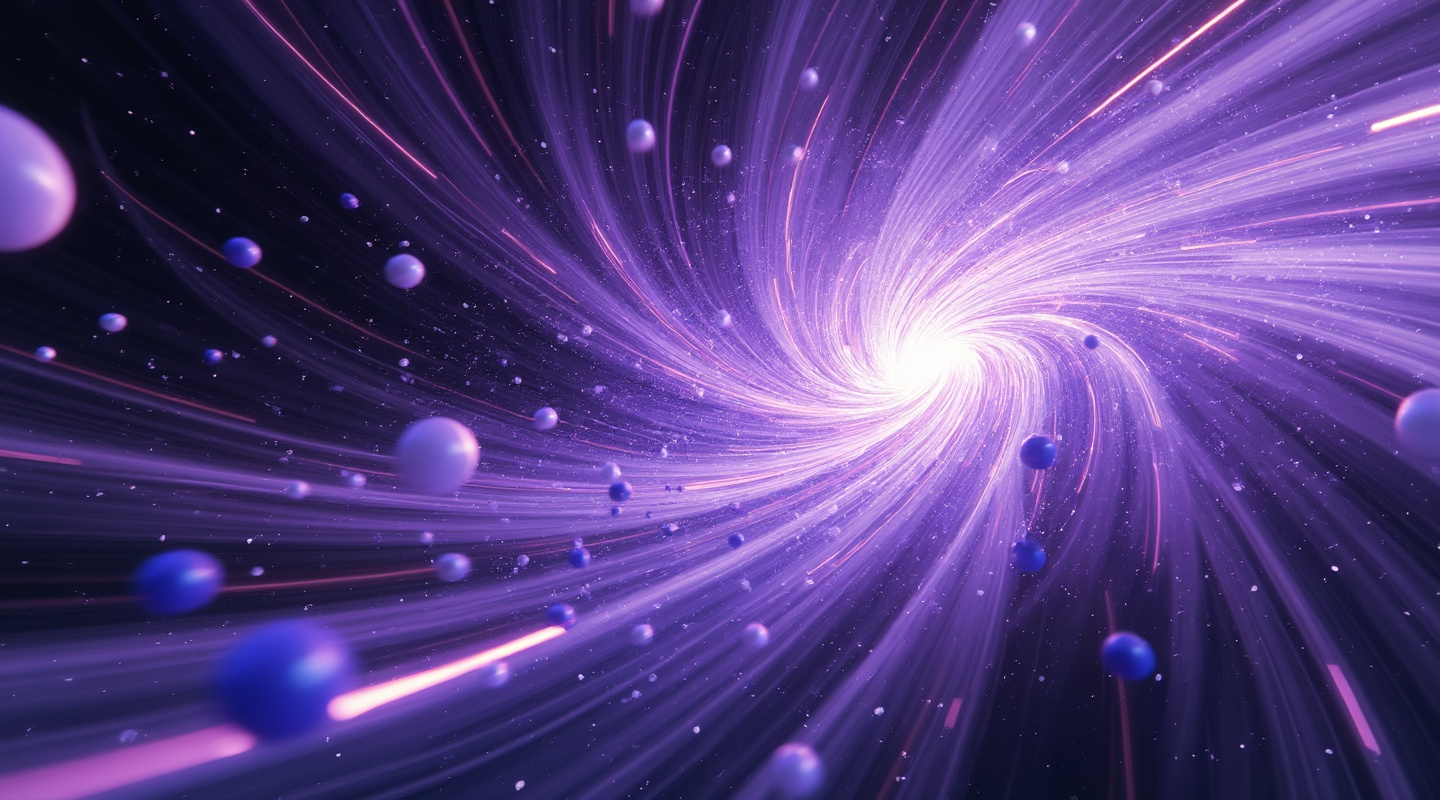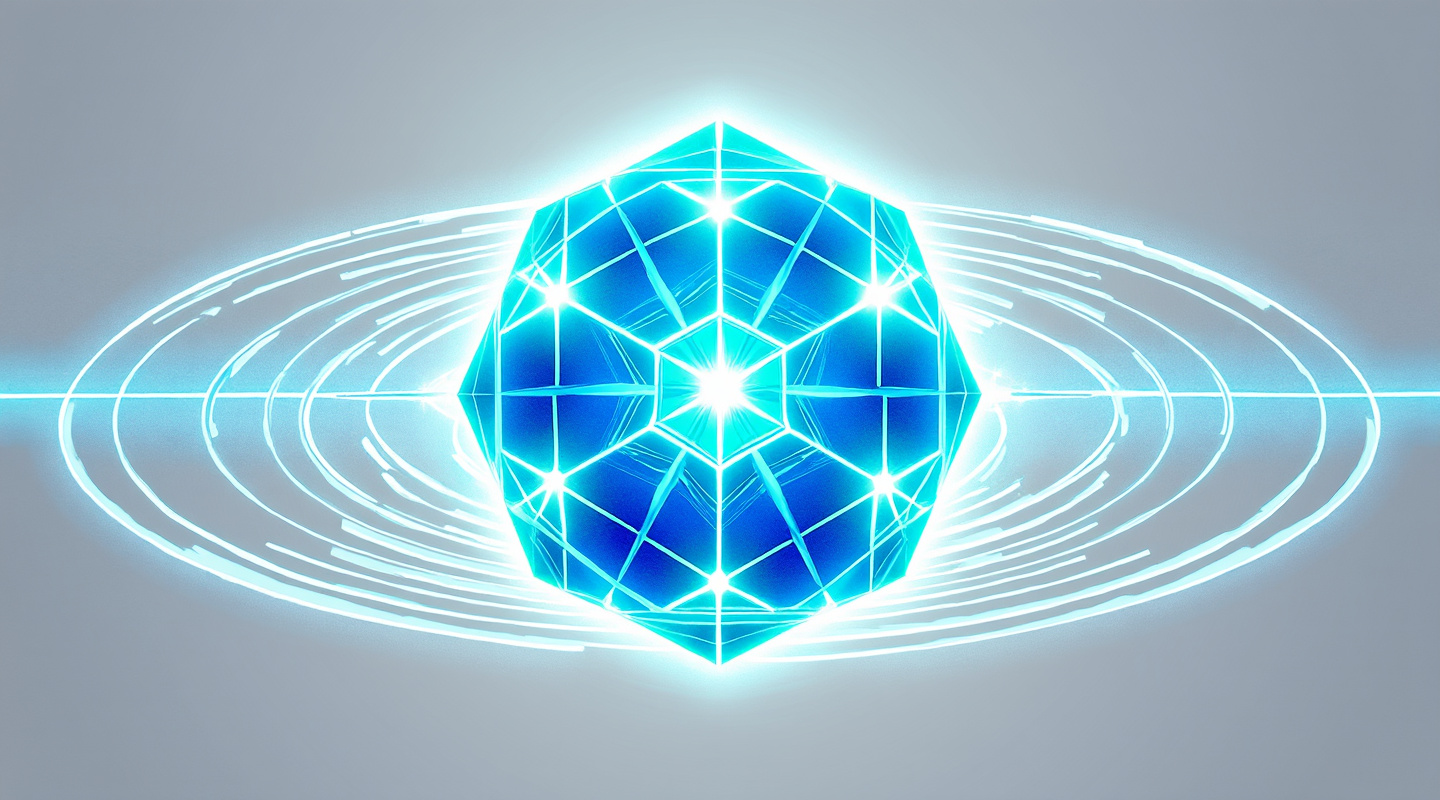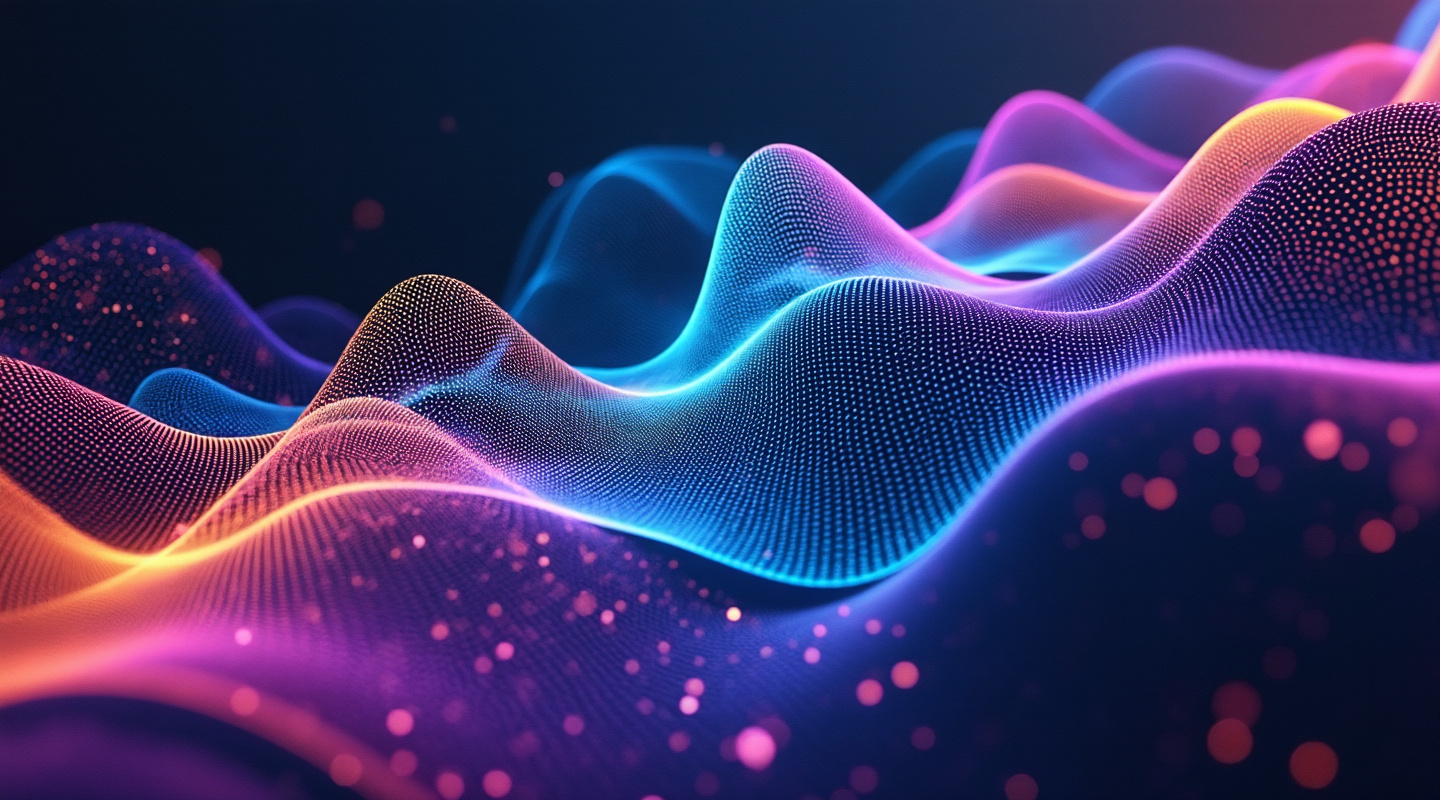Behind the scenes of creating Gravity Shift
The engineering challenges behind Gravity Shift's unique mechanics

Developing a physics model with flawless gravity changes in four directions offered major difficulties. We devised a bespoke physics engine extension that dynamically alters object in the world forces while preserving a consistent reference frame for the player.
Every dimension needed different changes to the fundamental physics system:
Even in settings with hundreds of physics-enabled objects, the resulting system maintains performance and lets complicated interactions occur.

Establishing five visually different dimensions while preserving performance on all platforms called for a sophisticated rendering technique. We created a modular rendering system to meet the particular visual needs of every dimension.
To guarantee seamless operation on every platform:
This produces a visually unique experience that scales correctly over various PC systems and keeps 60fps on current-gen consoles.

Designing levels compatible with several gravity orientations brought special difficulties. Custom level design tools we created let our designers see and test environments from all conceivable gravity angles.
Although our levels are handcrafted, we use procedural systems to help with production:
These instruments have greatly raised our degree of design efficiency, enabling us to develop tough but fair complicated, multi-dimensional puzzles.

Beyond conventional gaming sound, Gravity Shift's audio design creates a system whereby audio changes not just to player location but also to gravity orientation and spatial characteristics.
Special attention was paid to creating an immersive audio experience:
The outcome is an aural landscape that not only improves the visual experience but also actively guides players around and facilitates understanding of the multi-gravitational landscapes.